Project management focuses on specific projects with defined goals and timelines. General management oversees ongoing operations and overall business functions.
Project management and general management are essential in business. They both involve planning, organizing, and directing resources. Project management is temporary, aiming to achieve specific objectives. It has a clear start and end date. General management is continuous, focusing on the entire organization’s efficiency.
It deals with day-to-day operations and long-term strategy. Understanding the differences helps allocate resources effectively. Both roles require strong leadership and communication skills. They ensure that projects and operations run smoothly. By mastering these areas, businesses can achieve their goals and stay competitive.

Credit: www.youtube.com
Introduction To Management Types
Management is crucial for any organization. It helps in achieving goals and ensures smooth operations. There are different types of management, each with its own focus and responsibilities. The two main types are Project Management and General Management.
Project Management Overview
Project Management involves planning, executing, and closing projects. A project is a temporary endeavor with a specific goal. Project managers oversee these tasks and ensure they are completed on time and within budget.
Key responsibilities include:
- Defining project scope
- Creating a project plan
- Managing project resources
- Monitoring project progress
- Ensuring project quality
Project managers use various tools and techniques. These include Gantt charts, project management software, and risk management plans.
General Management Overview
General Management focuses on overseeing the overall operations of an organization. General managers are responsible for multiple departments and ensure the business runs smoothly.
Key responsibilities include:
- Setting organizational goals
- Managing daily operations
- Allocating resources effectively
- Leading and motivating staff
- Making strategic decisions
General managers require a broad skill set. They need knowledge in finance, human resources, marketing, and operations.
| Aspect | Project Management | General Management |
|---|---|---|
| Duration | Temporary | Ongoing |
| Focus | Specific project goals | Overall business goals |
| Scope | Defined project scope | Broad organizational scope |
| Tools | Project management software | ERP systems |

Credit: www.simplilearn.com
Goals And Objectives
Goals and Objectives are fundamental elements in both Project Management and General Management. They help define the direction, measure success, and set expectations. Understanding the difference between the goals and objectives in these management areas is essential for effective execution and achieving desired outcomes.
Project-based Goals
Project-Based Goals are specific to individual projects. These goals are usually temporary and have a defined start and end date. They focus on delivering a particular product, service, or result within a set timeframe.
| Aspect | Details |
|---|---|
| Time-bound | Projects have a defined timeline |
| Specific Deliverables | Clear, tangible outcomes |
| Temporary | Projects end once goals are met |
Project goals often include milestones. These milestones help track progress and ensure the project stays on schedule. They also help in managing resources efficiently.
Ongoing Operational Goals
Ongoing Operational Goals are continuous and support the overall functioning of an organization. These goals focus on maintaining and improving day-to-day operations.
| Aspect | Details |
|---|---|
| Continuous | No specific end date |
| Efficiency | Improving routine processes |
| Scalability | Adapting to growth and changes |
Operational goals often include performance metrics. These metrics help measure the efficiency and effectiveness of daily operations. They focus on long-term sustainability and organizational growth.
Scope And Focus
Understanding the differences between Project Management and General Management is crucial. Each has unique areas of focus. Let’s delve into their scope and focus.
Defining Project Scope
Project Management has a specific scope. It is time-bound and task-oriented. Project Managers oversee specific goals within a set timeframe. They manage resources to complete short-term objectives.
Projects have clear start and end points. The scope is well-defined and measurable. Project Managers use tools like Gantt charts and PERT diagrams. These tools help in tracking progress.
Broad Focus Of General Management
General Management has a broader focus. It oversees the ongoing operations of an organization. General Managers handle long-term goals and strategic planning.
They ensure the business runs smoothly. Their scope includes multiple departments and functions. General Managers focus on efficiency and profitability.
| Aspect | Project Management | General Management |
|---|---|---|
| Scope | Specific and time-bound | Broad and ongoing |
| Focus | Short-term goals | Long-term objectives |
| Tools | Gantt charts, PERT diagrams | Strategic planning tools |
Understanding these differences helps in better management. It ensures that both short-term and long-term goals are achieved.
Time Management
Effective time management is vital in both project management and general management. It ensures tasks are completed efficiently and goals are met. Although both fields require time management, their approaches and challenges differ significantly.
Project Timelines
Project management revolves around specific timelines. Each project has a defined start and end date. Managers plan tasks to meet deadlines. They use tools like Gantt charts and project schedules. This keeps the team on track and ensures timely delivery. Deadlines are non-negotiable in projects.
In contrast, general management focuses on ongoing operations. There are no fixed end dates. Managers oversee daily activities and long-term goals. They ensure continuous workflow and productivity. This requires flexible time management strategies. Tasks may be reprioritized based on changing needs.
Continuous Time Management
In project management, time management is often segmented. Managers allocate time for each phase of the project. This includes planning, execution, and closure. Each phase has specific milestones and deadlines. This structured approach helps in meeting project objectives.
General management, on the other hand, requires continuous time management. Managers juggle multiple tasks simultaneously. They must balance short-term tasks with long-term goals. This requires constant adjustment and prioritization. Effective general managers are adept at multitasking and delegation.
Here is a comparison table to highlight the key differences:
| Aspect | Project Management | General Management |
|---|---|---|
| Timeline | Defined start and end | Ongoing operations |
| Task Management | Segmented phases | Continuous adjustment |
| Tools | Gantt charts, schedules | Task lists, calendars |
Resource Allocation
Resource allocation is a key aspect of both project management and general management. It determines how resources like time, money, and labor are assigned. Understanding the difference in resource allocation between these two management types is crucial for effective operation and success.
Project-specific Resources
Project management focuses on specific projects, each with its own goals. Resources are allocated for short-term tasks. These resources include specialized team members, budget constraints, and unique tools. Projects have a definite start and end date. The allocation is temporary and changes as the project progresses.
| Resource Type | Description |
|---|---|
| Specialized Team Members | Experts assigned for the duration of the project |
| Budget Constraints | Specific budget set for completing the project |
| Unique Tools | Tools and software needed exclusively for the project |
Departmental Resources
General management deals with ongoing operations within departments. Resource allocation is more stable. Resources are assigned to departments like marketing, sales, or HR. This type of management focuses on long-term goals. Resources are allocated based on departmental needs and priorities.
- Human Resources: Regular staff assigned to specific departments
- Financial Resources: Ongoing budget for departmental activities
- Material Resources: Equipment and tools used for daily tasks
In summary, project management and general management allocate resources differently. Project management focuses on short-term, specific needs. General management allocates resources for ongoing, long-term goals. Understanding these differences helps in better resource planning and efficiency.
Risk Management
Risk Management is an essential aspect of both project management and general management. Understanding the differences in risk types between these disciplines helps in strategizing effectively. Below, we delve into the distinctions between project risks and operational risks.
Project Risks
Project risks are specific to the execution of a project. They often include:
- Scope Creep: Uncontrolled changes to the project’s scope.
- Budget Overruns: Exceeding the allocated project budget.
- Schedule Delays: Falling behind the project timeline.
- Quality Issues: Failing to meet project standards.
Project managers must anticipate and mitigate these risks to ensure project success.
Operational Risks
Operational risks affect the ongoing operations of an organization. Common operational risks include:
- Process Failures: Breakdowns in day-to-day procedures.
- System Failures: Technology or infrastructure issues.
- Supply Chain Disruptions: Interruptions in the supply chain.
- Compliance Risks: Violations of regulations or laws.
General managers need to identify and manage these risks to maintain business continuity.
| Aspect | Project Risks | Operational Risks |
|---|---|---|
| Focus | Specific projects | Ongoing operations |
| Examples | Scope creep, budget overruns | Process failures, system failures |
| Responsibility | Project managers | General managers |
Understanding these differences is crucial for effective risk management in any organization. Whether managing projects or operations, addressing risks proactively ensures stability and success.
Leadership Styles
Leadership styles vary greatly between project management and general management. Each demands unique skills and approaches. Understanding these differences is crucial for effective management.
Project Leadership
Project leaders focus on specific goals and timelines. They must be adept at managing resources and coordinating tasks. They often use a task-oriented approach to achieve project milestones.
Key traits of project leaders include:
- Strong organizational skills
- Ability to manage deadlines
- Clear communication
- Problem-solving abilities
Project leaders often work with cross-functional teams. They ensure everyone is aligned and progressing towards the project goals.
General Leadership
General leaders oversee broader organizational functions. They focus on long-term objectives and overall company health. Their approach is often more people-oriented.
Key traits of general leaders include:
- Visionary thinking
- Strategic planning
- Empathy and people skills
- Effective delegation
General leaders must balance multiple departments and initiatives. They aim to foster a positive organizational culture and drive company growth.
| Aspect | Project Leadership | General Leadership |
|---|---|---|
| Focus | Specific goals and timelines | Long-term objectives |
| Approach | Task-oriented | People-oriented |
| Skills | Organizational, Problem-solving | Visionary, Strategic planning |
Performance Metrics
Performance metrics are essential in both project management and general management. These metrics help assess the effectiveness and efficiency of activities. They provide insights into how well objectives are being met.
Measuring Project Success
Project success is measured using specific performance metrics. These metrics focus on the project’s scope, time, and cost. Here are key metrics for project management:
- Scope: Ensures all project requirements are met.
- Time: Tracks if the project is on schedule.
- Cost: Monitors if the project stays within the budget.
Other important metrics include:
- Quality: Evaluates if the deliverables meet standards.
- Risk Management: Assesses how well risks are managed.
- Stakeholder Satisfaction: Measures the satisfaction of stakeholders.
Measuring Organizational Performance
Organizational performance focuses on the overall health of the organization. Metrics for general management are broader. They include financial and operational indicators. Key metrics are:
- Revenue: Measures the total income generated.
- Profitability: Assesses net profit margins.
- Market Share: Evaluates the organization’s competitive position.
Additional metrics include:
- Employee Performance: Tracks productivity and engagement.
- Customer Satisfaction: Gauges customer loyalty and feedback.
- Operational Efficiency: Measures process efficiency and waste reduction.
Both project and general management rely on these metrics. They provide a clear picture of performance and areas for improvement.
Communication Strategies
Effective communication strategies are essential in both project management and general management. Each domain has unique communication needs and methods. Let’s explore these differences through the lens of project communication and general communication.
Project Communication
In project communication, the focus is on ensuring that all team members are aligned. Clear and concise communication is critical to avoid misunderstandings. Project managers often use specific tools to facilitate communication. These tools include:
- Project Management Software
- Instant Messaging
- Video Conferencing
Project managers also rely on status reports and meetings to keep everyone informed. Regular updates ensure that the project stays on track. Here’s a quick comparison table of common project communication tools:
| Tool | Purpose |
|---|---|
| Project Management Software | Track progress and tasks |
| Formal updates and documentation | |
| Instant Messaging | Quick questions and updates |
| Video Conferencing | Face-to-face meetings |
General Communication
General communication in management involves broader and less frequent updates. Communication strategies here are more about maintaining organizational culture and ensuring everyone is aware of company goals. General managers often use:
- Company-wide Emails
- Newsletters
- Town Hall Meetings
- Employee Portals
General managers focus on motivating employees and promoting a positive work environment. Regular town hall meetings are common to discuss company performance and vision.
Here’s a quick comparison of general communication tools:
| Tool | Purpose |
|---|---|
| Company-wide Emails | Important updates |
| Newsletters | Regular updates and news |
| Town Hall Meetings | Direct interaction with employees |
| Employee Portals | Access to resources and information |
Both project and general management require clear communication strategies. The tools and methods used may vary, but the goal remains the same: to keep everyone informed and engaged.

Credit: www.ownerteamconsult.com
Frequently Asked Questions
What Is Project Management?
Project management involves planning, organizing, and overseeing specific projects. It focuses on achieving defined objectives within a set timeframe.
What Is General Management?
General management oversees the overall operations of an organization. It ensures all departments work towards the company’s goals and objectives.
Key Skills For Project Management?
Key skills include time management, communication, risk management, and problem-solving. These skills help in efficiently completing projects.
Key Skills For General Management?
Key skills include leadership, strategic planning, decision-making, and financial acumen. These skills ensure smooth organizational operations.
Conclusion
Understanding the difference between project management and general management is crucial. Project management focuses on specific goals and timelines. General management oversees ongoing operations and broader strategies. Both roles are essential for business success. Knowing their distinctions helps in choosing the right approach.
Proper management leads to better efficiency and results.





